One of the biggest risks related to building a product is making the wrong thing. You may pour months (even years) into creating it, only to realize that you just can’t make it a success. Product validation (or idea validation as we call it) can help you find out if your business will have a sustainable, growing, paying audience.
In this article, I will share the process we used to validate our recent product, Freebees.io, which is a holiday management app for small businesses.
WHAT IS PRODUCT VALIDATION
Half of the time the reason behind an unsuccessful product is that there’s no market need for the product. Idea owners tend to dive headfirst into creation without testing their idea first. That’s a major mistake!
One of the most important aspects of starting a business is validating that there is a demand for your product. Nothing is more discouraging than spending your time and energy creating a product that you think people will love, only to realize that there’s no interest when you launch. Fortunately, there’s a way to prevent that: product validation.
Product validation is the process of testing your idea with potential users to get feedback on the product’s viability. This way you can lower the risk of wasting money and time on development.
The goal throughout the product validation process is to delay the expensive and time-consuming work of coding until you have data to build upon. It’s the best way to keep yourself focused, to minimize costs, and to maximize your chance of a successful launch. So far so good, but how does this validation process work? Let’s take a detailed look at it in the next section.
PRODUCT VALIDATION PROCESS
A product validation process can differ from company to company and from person to person. However, it should cover these areas in some way:
- Mapping out user needs
- Understanding market dynamics
- Testing the product with real users
These are the basics. The tools you use and the way you test the product can vary.
The process we use is based on these areas and has been perfected over the years to get the best results.
These are the steps of our product validation process:
- Customer validation
- Market research
- Concept testing
Now let’s see what’s involved in each step in a bit more detail.
Customer validation
Any time we think about starting a business or creating a digital product, it we need to consider its customers or users. However, without a real user need there is no point in creating a product. That’s why validating user needs is crucial.
During customer validation, the goal should be to:
- Find the user segment with the most potential
- Identify early adopters
- Learn about their habits, needs, problems, and perspectives in relation to your business
Learning about the target audience will help to find the right product-market fit so we can create business solutions that solve a genuine user problem.
That’s why, in this stage, we focus on users: who they are, what they want, what problems and challenges they face.
We use various tools and methods to learn as much about the potential target group as we can:
- Buyer Persona: to define and characterize your ideal user
- Value Proposition Canvas: to identify your target audience’s jobs, problems, and wants
- Various interview and survey techniques: we talk to as many potential customers as we can to gather in-depth knowledge about them
For more details about the exact methods we use, read our article about customer validation.
Market research
Market research gives feedback and insight on the market we’re trying to enter.
During market research, the main focus is to examine the competitive landscape and find the communication channels which we can use to reach the target audience.
The main activities during market research:
- Competitor analysis: to discover the competitors, get an idea of how intense the competition is, and see how the product can stand out.
- Channel mix research: to identify what channels to use to efficiently reach target users during the validation process.
- Keyword research: to further learn about market needs and competition and to find the keywords that best describe the product.
To learn more about how to analyze the market, read our detailed article about market research.
Concept testing
In our process, concept testing is when we test the product idea with potential users. The main focus here is to find out how interested users are in the product.
There are multiple ways to test concepts. You can use surveys, build email lists, or test prototypes. In this article, I’ll share the one we use to help clients test their product ideas.
Our concept testing method:
- Set a validation goal: this will help you measure the result of concept testing more objectively. For example, 10 pre-orders for your product or 1,000 views on your Youtube video.
- Create a landing page: to showcase your product or service. Nothing complex, just a quality landing page to introduce your concept.
- Measure audience interest: to measure if the people visiting your site are interested in your idea. The easiest way to measure interest is to set up a CTA on the page. For example: “Sign up to the waiting list”
- Drive traffic to the landing page: so you can see how people interact with your concept. You can use paid ads or organize giveaways to encourage people to visit your site.
- Analyze the results: asses the data to determine if your idea should be approved, disproved, or altered slightly.
If you’d like to know more details on how to test concepts, check out our detailed blog post on concept testing.
PRODUCT VALIDATION EXAMPLE- FREEBEES.IO
Now let’s see the process in action. At the end of 2018, we decided to give a try to market our product, Freebees.io. Freebees.io is a holiday management application for small businesses in Hungary. It started as an application for in-house use, but as time passed more and more people in our network wanted to use it. In the end, we decided to validate the product on the market.
Step 1: User Research
Identifying our potential target group
As the very first step, we defined the potential target groups for whom our product could provide value.
During our brainstorming sessions we identified the following traits of our ideal customer:
- Small and medium-sized business
- 10-50 employees
- No specific industry, but office and white-collar workers are more likely to use it
- Location: big cities in Hungary
Creating our buyer persona
Freebees.io is a B2B product. As with most B2B products, the people who decide about using them within a business are not the same people that actually end up using the product. Based on this logic we identified two personas:
- HR person / Office Manager / Administrator: we need to convince this persona to use the product.
- CEO: we need to convince this persona to pay for the product.
Regarding the personas, we did not overcomplicate their profile. We knew that at this stage we needed to know two things:
- Their main tasks and challenges
- Our product’s benefits that can serve as a solution for these tasks and challenges
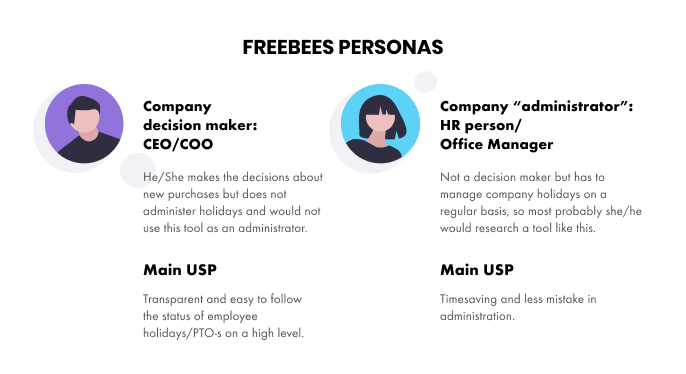
Step 2: Market research
Checking the competition
We started the market analysis by researching the Hungarian market and looking for competitors. Since we did not have any obvious competitors on our radar, we could not use SimilarWeb to find other competitors. So, we turned to the good old Google search to find competitors using relevant keywords.
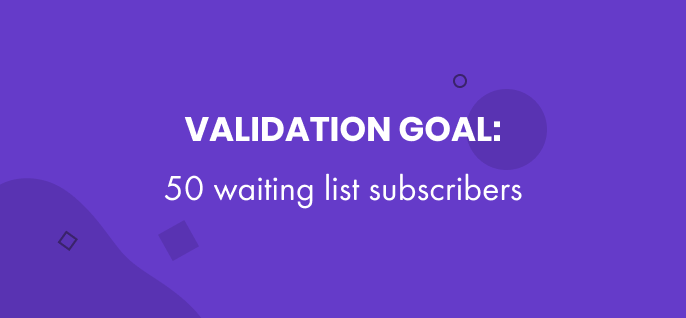
Step 4: Talking to users
During the validation process, we started to recruit users so we could truly understand their challenges and needs with holiday management. We used two research tools:
- Interviews: to get a deeper understanding of their habits, needs, and problems connected to holiday management.
- Surveys: to understand their relationship with software and to learn about the platforms they use and the content they consume related to this topic.
We used the waiting list of the website, Facebook groups and Facebook ads to recruit users for the interviews and surveys.
Tip: To encourage users to participate, we created a contest and offered three free lifetime product subscriptions.
What we learned:
- During the interviews, we learned about the holiday management workflow. Specifically, they offered perspectives on how companies handle the requests and manage holidays, what they struggle with, and what would make the workflow more efficient.
- From the surveys, we gained insight into what tools and communication channels our target users prefer and about their current attitude towards holiday management. This information eased our marketing efforts because it helped in choosing the benefits we should emphasize and the channels we should use.
PRODUCT VALIDATION RESULTS FOR FREEBEES.IO
During the process we:
- Interviewed 4 potential users
- Had 30 survey participants
- Drove 3,000 visitors to the landing page
- Spent 64,500 HUF (around $220)
- Acquired 60 users to our waiting list
The last point is essential, because it highlights the fact that we reached the goal we set for ourselves. Consequently, we got the green light to put forth more resources towards market launching the product.
CONCLUSION
As you can see, the product validation process approved the product’s market viability, so we decided to go for it. Since the validation, we already released the product within a small group of testers and have 5 companies actively using it. We are still in the beta phase working towards public market release.
Product validation helped us to gain reassurance from the market and to understand our users’ needs and problems. We use these insights to create more value within the product. Without them, we may mistakenly work to develop a product that nobody really wants. If you ask us, concept testing is absolutely worth the time and money you put into it.
What is your concept that you would like to test? Share in the comment section below.
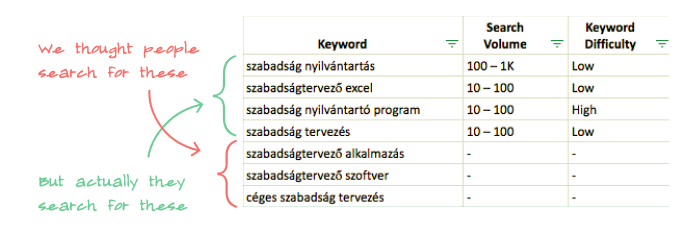
- We identified keywords with the biggest search volumes to learn about audience interest and trends.
- We found the phrases and words the target audience uses when researching for a holiday management solution. It was not what we expected to find.
- We knew what words to use in our landing page, ads, and other communication materials.
Step 3: Concept testing
To test the market viability of the product we set up landing pages for each target audience so we could measure the target audience’s interest.
When setting up the landing pages:
- Nothing complex, just two one-pagers with a basic design
- We created different copies for each persona, highlighting the value proposition
- We set up a CTA (subscribe to waitlist) for measuring user interest
To measure the test results we set a quantified validation goal: have 50 subscriptions to our waiting list.

Step 4: Talking to users
During the validation process, we started to recruit users so we could truly understand their challenges and needs with holiday management. We used two research tools:
- Interviews: to get a deeper understanding of their habits, needs, and problems connected to holiday management.
- Surveys: to understand their relationship with software and to learn about the platforms they use and the content they consume related to this topic.
We used the waiting list of the website, Facebook groups and Facebook ads to recruit users for the interviews and surveys.
Tip: To encourage users to participate, we created a contest and offered three free lifetime product subscriptions.
What we learned:
- During the interviews, we learned about the holiday management workflow. Specifically, they offered perspectives on how companies handle the requests and manage holidays, what they struggle with, and what would make the workflow more efficient.
- From the surveys, we gained insight into what tools and communication channels our target users prefer and about their current attitude towards holiday management. This information eased our marketing efforts because it helped in choosing the benefits we should emphasize and the channels we should use.
PRODUCT VALIDATION RESULTS FOR FREEBEES.IO
During the process we:
- Interviewed 4 potential users
- Had 30 survey participants
- Drove 3,000 visitors to the landing page
- Spent 64,500 HUF (around $220)
- Acquired 60 users to our waiting list
The last point is essential, because it highlights the fact that we reached the goal we set for ourselves. Consequently, we got the green light to put forth more resources towards market launching the product.
CONCLUSION
As you can see, the product validation process approved the product’s market viability, so we decided to go for it. Since the validation, we already released the product within a small group of testers and have 5 companies actively using it. We are still in the beta phase working towards public market release.
Product validation helped us to gain reassurance from the market and to understand our users’ needs and problems. We use these insights to create more value within the product. Without them, we may mistakenly work to develop a product that nobody really wants. If you ask us, concept testing is absolutely worth the time and money you put into it.
What is your concept that you would like to test? Share in the comment section below.
Note: We intended the tool for the Hungarian market, so the language of the research data is all Hungarian.
We managed to find a few relatively close competitors via manual search: two softwares and many Excel templates. Then we analyzed the competition with our competitor analysis template.
What we learned
- Competition is light: there are not too many competitors, which means there is room for our product. Also, it’s clear that Excel is still a frontrunner for managing time off for employees..
- Both of these competitors seem to target a different target group than us.
- The UX and UI of the competitors is quite average, and that can be an opportunity for our product
- Both competitors had little traffic to their website, which meant they are not widely used and don’t have a strong brand. This spells out more possibilities for us.
- As for traffic sources, the most dominant channel is search for the majority of competitors, so SEO can be an effective marketing tool for us, too.
Researching keywords
We wanted to know what phrases and words people use in Hungary related to the product. One way to learn about this is with keyword research.

- We identified keywords with the biggest search volumes to learn about audience interest and trends.
- We found the phrases and words the target audience uses when researching for a holiday management solution. It was not what we expected to find.
- We knew what words to use in our landing page, ads, and other communication materials.
Step 3: Concept testing
To test the market viability of the product we set up landing pages for each target audience so we could measure the target audience’s interest.
When setting up the landing pages:
- Nothing complex, just two one-pagers with a basic design
- We created different copies for each persona, highlighting the value proposition
- We set up a CTA (subscribe to waitlist) for measuring user interest
To measure the test results we set a quantified validation goal: have 50 subscriptions to our waiting list.

Step 4: Talking to users
During the validation process, we started to recruit users so we could truly understand their challenges and needs with holiday management. We used two research tools:
- Interviews: to get a deeper understanding of their habits, needs, and problems connected to holiday management.
- Surveys: to understand their relationship with software and to learn about the platforms they use and the content they consume related to this topic.
We used the waiting list of the website, Facebook groups and Facebook ads to recruit users for the interviews and surveys.
Tip: To encourage users to participate, we created a contest and offered three free lifetime product subscriptions.
What we learned:
- During the interviews, we learned about the holiday management workflow. Specifically, they offered perspectives on how companies handle the requests and manage holidays, what they struggle with, and what would make the workflow more efficient.
- From the surveys, we gained insight into what tools and communication channels our target users prefer and about their current attitude towards holiday management. This information eased our marketing efforts because it helped in choosing the benefits we should emphasize and the channels we should use.
PRODUCT VALIDATION RESULTS FOR FREEBEES.IO
During the process we:
- Interviewed 4 potential users
- Had 30 survey participants
- Drove 3,000 visitors to the landing page
- Spent 64,500 HUF (around $220)
- Acquired 60 users to our waiting list
The last point is essential, because it highlights the fact that we reached the goal we set for ourselves. Consequently, we got the green light to put forth more resources towards market launching the product.
CONCLUSION
As you can see, the product validation process approved the product’s market viability, so we decided to go for it. Since the validation, we already released the product within a small group of testers and have 5 companies actively using it. We are still in the beta phase working towards public market release.
Product validation helped us to gain reassurance from the market and to understand our users’ needs and problems. We use these insights to create more value within the product. Without them, we may mistakenly work to develop a product that nobody really wants. If you ask us, concept testing is absolutely worth the time and money you put into it.
What is your concept that you would like to test? Share in the comment section below.


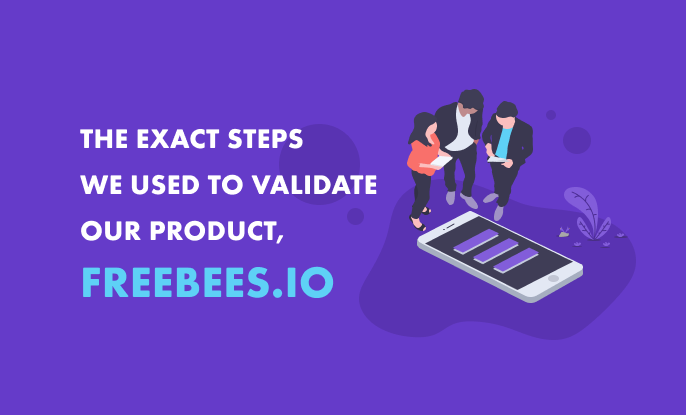
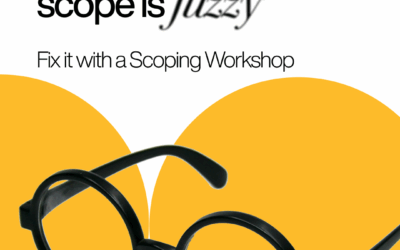
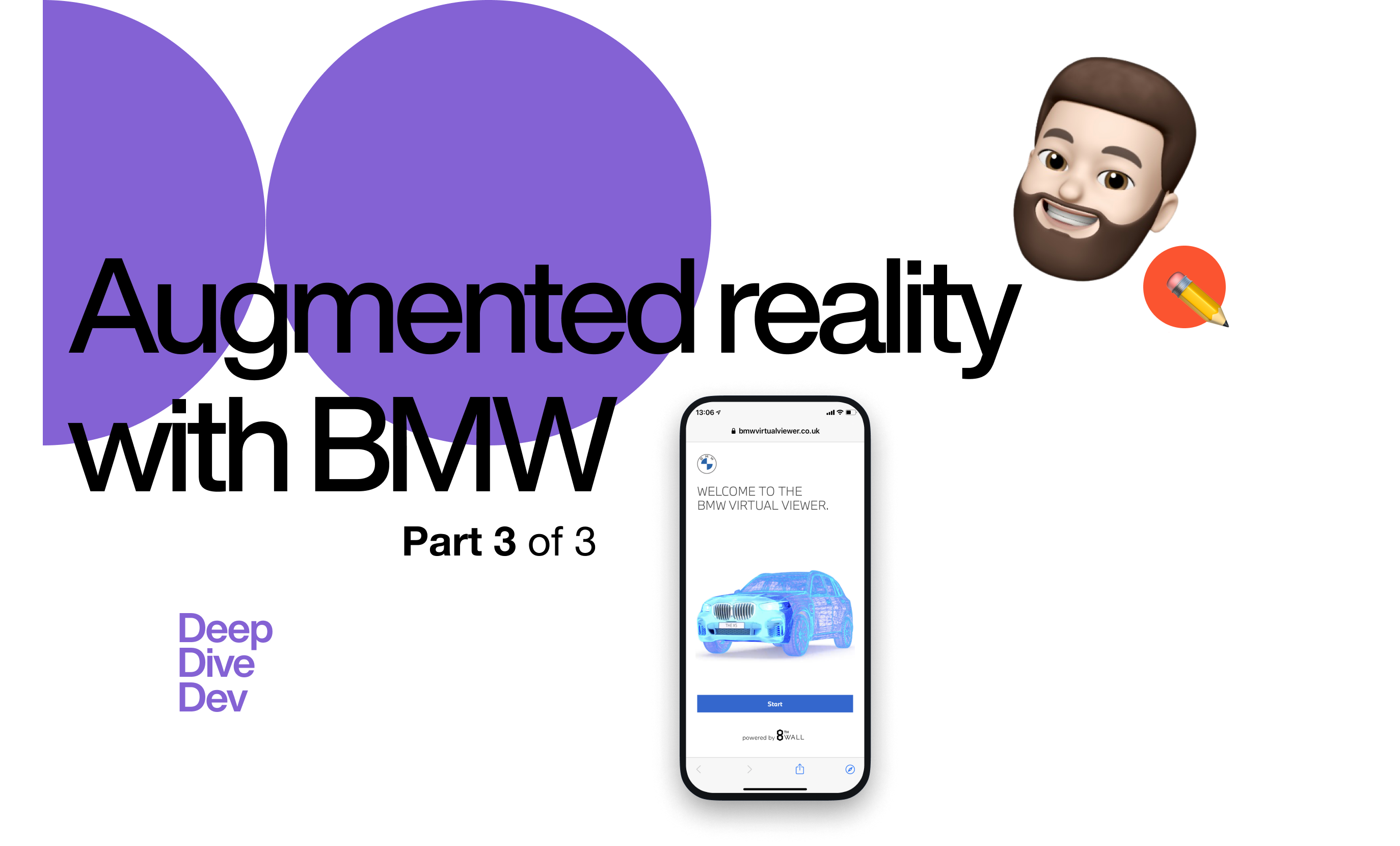
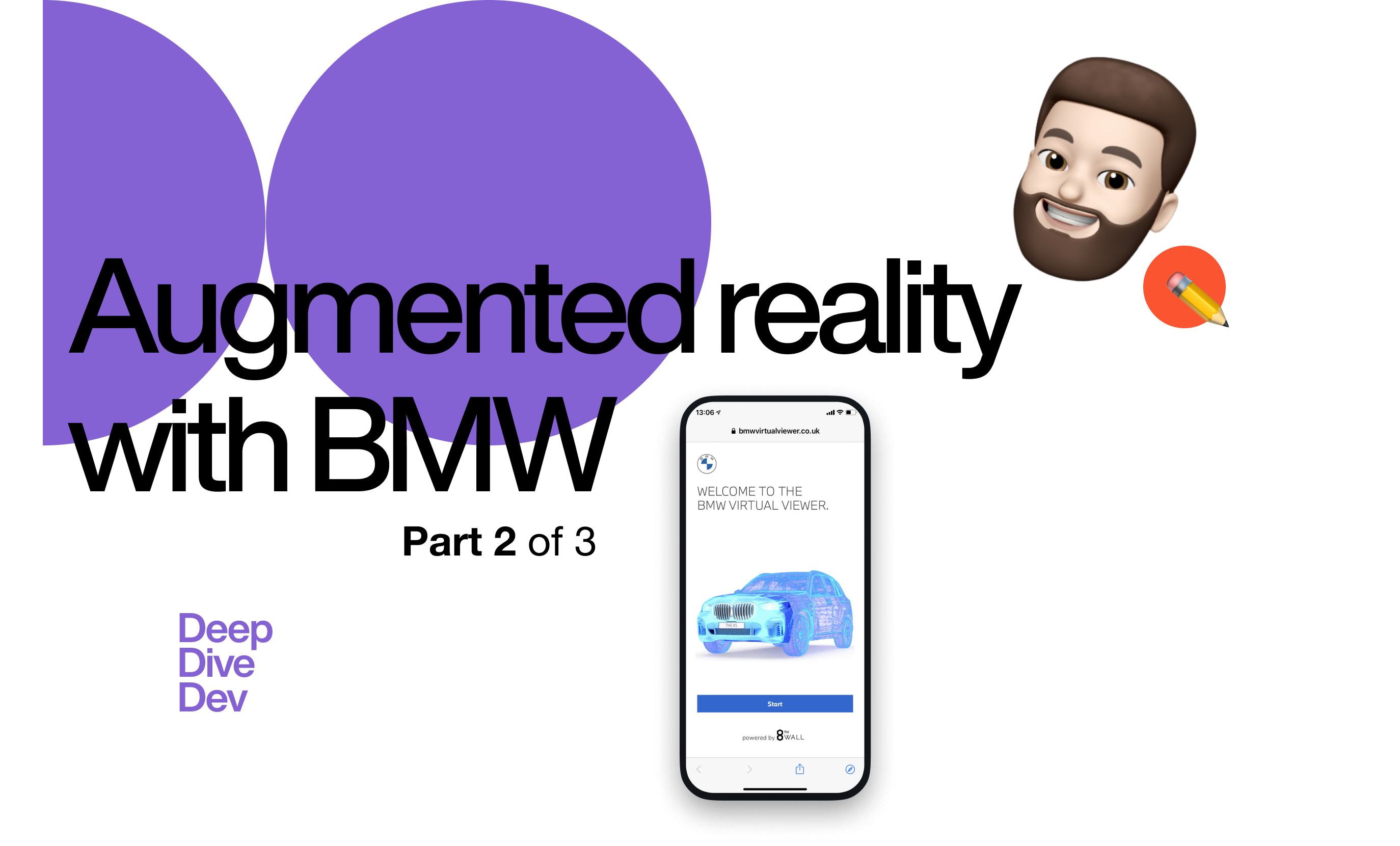
Have a look at our social media